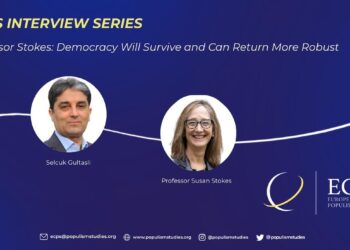In an interview with the ECPS, Dr. Maria Papageorgiou, Leverhulme Early Career Fellow at Newcastle University, examines how digital platforms have transformed both domestic politics and international relations. Drawing on her Leverhulme project on Sino–Russian disinformation synergies, she argues that Russia and China have developed a “division of labor” in online influence operations aimed at destabilizing Western democracies. “They have attempted to amplify both sides of political debates through bots and anonymous accounts—using certain elements to appeal to the right wing and others to the left… In short, they play both sides,” she explains. By exploiting emotional content and deepening polarization, these actors are reshaping democratic discourse and testing the limits of resilience in open societies.
Interview by Selcuk Gultasli
Giving an interview to the European Center for Populism Studies (ECPS), Dr. Maria Papageorgiou, Leverhulme Early Career Fellow at Newcastle University, discusses the complex relationship between digital technologies, political communication, and the global rise of disinformation. Her current Leverhulme-funded project investigates Sino–Russian disinformation synergies during UK and US elections, shedding light on how coordinated influence operations exploit social divisions and challenge democratic resilience.
According to Dr. Papageorgiou, the structural shift introduced by social media represents “a more profound transformation in communication than previous technological advancements.” Unlike earlier forms of mass media that centralized information flows, today’s digital platforms empower a wide range of actors—ordinary citizens, political elites, and state institutions alike—to produce and disseminate content instantly. “It allows real-time responses, travels almost instantly, and reaches audiences across multiple countries and languages,” she explains. Yet this democratization of communication also carries serious consequences: “Online content often contains false or exaggerated claims, leading to more emotional forms of political expression and, ultimately, to polarization.”
These dynamics are not confined to domestic politics. In the international arena, Dr. Papageorgiou notes that states increasingly use social media to construct and project national identity in real time, especially during crises. She points to cases such as Russia’s and China’s digital diplomacy during the COVID-19 pandemic and the Ukraine war, when both countries sought to frame themselves as responsible global powers while amplifying counter-narratives to Western accounts. “Particularly during times of crisis, when information circulates in real time, states amplify their social media presence… to more easily frame and project their national identity,” she observes.
Her research finds that Russia and China have developed a complementary “division of labor” in influence operations, pursuing shared objectives of weakening Western unity and credibility. “They have attempted to amplify both sides of political debates through bots and anonymous accounts—using certain elements to appeal to the right wing and others to the left,” Dr. Papageorgiou explains. “They are particularly focused on exaggerating existing polarization, using these accounts to disseminate emotionally charged content designed to provoke reactions. In short, they play both sides.”
For Dr. Papageorgiou, this pattern highlights a wider transformation in global political communication: the erosion of traditional information hierarchies and the normalization of populist performance in digital spaces. “Digital platforms enable a more populist style of performance, especially when one holds executive authority,” she concludes. “We can now see that it is almost impossible to return to older forms of communication. The public is no longer receptive to them; they have become accustomed to these newer, more direct political practices.”
In a fragmented information landscape, her insights underscore both the promise and the peril of digital politics: greater participation on the one hand, and deeper division on the other.
Here is the edited transcript of our interview with Dr. Maria Papageorgiou, revised for clarity and flow.
Social Media as a Structural Revolution in Political Communication

Dr. Maria Papageorgiou, thank you very much for joining our interview series. Let me start right away with the first question: Your work often situates social media within broader transformations of international relations. How would you characterize the structural shift introduced by social media platforms compared to earlier communication technologies (e.g., the printing press, radio), particularly regarding their impact on democratic deliberation?
Dr. Maria Papageorgiou: We need to consider social media as a more profound structural shift in communication than previous technological advancements. It differs in many significant ways. For instance, earlier technologies transformed how information was produced and disseminated, but social media fundamentally altered another key element—who communicates that information. A wide range of actors now participates: traditional media, ordinary citizens, and politicians alike. In this way, social media has transformed who can produce and share information.
Another crucial aspect is the speed at which information circulates. It allows real-time responses, travels almost instantly, and reaches audiences across multiple countries and languages. This has greatly expanded accessibility for the wider population, as the only requirement is an internet-connected mobile phone. In short, social media has drastically transformed the nature of communication.
When it comes to democratic deliberation, social media presents both opportunities and challenges. On the one hand, it has broadened participation in public discourse. Ordinary citizens can voice their opinions, share information, and engage directly with political actors. For instance, they can comment, criticize policies or statements, and more easily participate in debates. This has significantly increased and mobilized political participation.
On the other hand, the sheer volume of online information brings negative consequences. Online content often contains false or exaggerated claims, leading to more emotional forms of political expression and, ultimately, to polarization. We now see distinct ideological camps, creating a kind of chasm—or schism—that did not exist before. As a result, deliberation has become fragmented, with opposing audiences and fewer shared spaces for dialogue.
Although social media has increased political participation—especially among younger generations—the quality of debate has been distorted by the overwhelming amount of information available. Disinformation, often framed to support particular narratives, has encouraged a binary view of politics, where people feel compelled to choose one side over another. Consequently, individuals rarely critique ideas on their merits or acknowledge successful initiatives by opponents. Instead, they remain confined within their ideological camps, reinforcing their group’s narrative. This is a significant drawback for democratic deliberation.
However, we should not focus solely on democracies when evaluating the impact of social media. In more authoritarian states, social media initially created new spaces for civic engagement, mobilization, and even dissent against government policies. It enabled citizens to coordinate collective actions and organize movements. We saw the impact of this, for instance, during the Arab Spring and the protests in Iran. Thus, social media has had a profound influence not only in democratic societies but also in more tightly controlled authoritarian regimes.
How States Perform Power and Identity Online
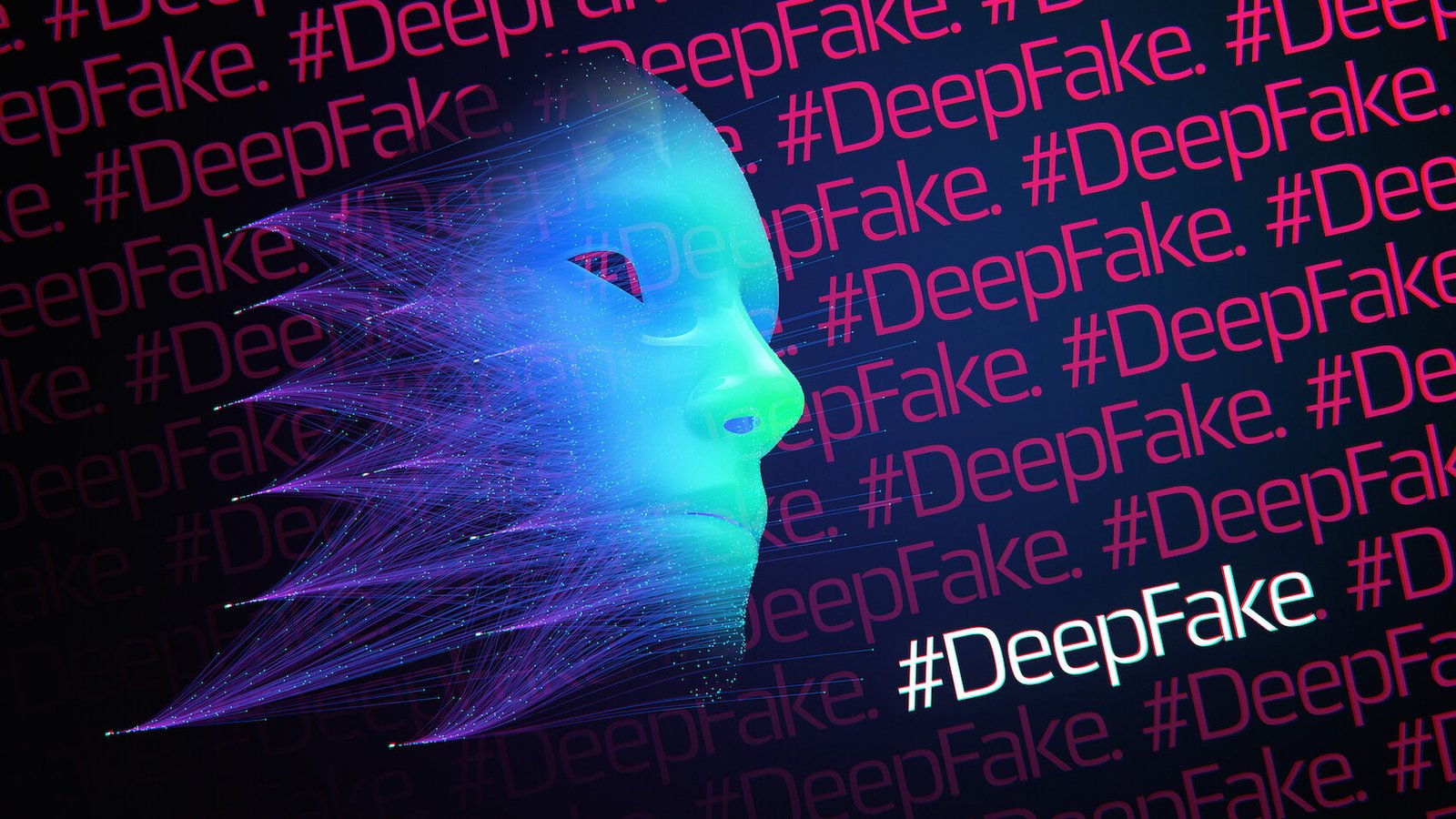
Drawing on role theory and your Twitter-based analyses, how do digital platforms reshape state identity and foreign policy roles in real time, especially during crises like COVID-19 or the Ukraine war?
Dr. Maria Papageorgiou: One of the greatest advantages of social media is that they allow policies to be presented in real time. You can offer shorter responses without the need for lengthy diplomatic language. Simple words and concise messages—within 800 characters—make information easily accessible. It becomes much easier to share updates and provide guidance. This was particularly useful in times of crisis; however, it also created several challenges, which I will now unpack.
If we look specifically at role theory, it focuses on how states present themselves to others, and this is very important because we can see how many states actively engage in digital diplomacy. They have established multiple official Twitter (X) accounts, remain highly active, and post continuously—either through ambassadors or ministries of foreign affairs. There is a clear and sustained online presence.
Through their messaging and phrasing, these actors position themselves and seek to construct a particular role for their country, especially during crises. For instance, during COVID-19, many states tried to present themselves as responsible global powers or humanitarians—sharing data, sending messages of solidarity, delivering equipment, and distributing vaccines. They deliberately framed themselves as responsible actors. We saw this particularly with China, Russia, and several other countries adopting this communicative strategy.
They used various communicative acts: videos of airplanes transporting aid and medical supplies, and hashtags such as #RussiaHelps that went viral, increasing engagement, retweets, and likes. These activities helped them project a specific image to the international community.
During the Ukraine war, Ukraine effectively leveraged the advantages of social media to present itself as a country defending its democracy. It sought to engage global citizens, rally support for the Ukrainian cause, and showcase the injustices occurring on the ground. On the other hand, Russia used social media to justify its actions, employing historical narratives about territorial claims—arguing that these areas were part of the Russian Empire or that Crimea had been given to Ukraine during the Soviet period—and portraying itself as acting defensively in response to NATO expansion and grievances in Donbas.
We can see that, particularly during crises when information circulates in real time, states amplify their social media presence. These moments allow them to more easily frame and project their national identity. This is especially significant because countries like Russia and China use platforms that are not widely accessible domestically. For example, Twitter is banned in China and less used in Russia compared to Telegram. This indicates that their communication is primarily aimed at international audiences. From a role theory perspective, this demonstrates how states project themselves and their identities to others—seeking to be perceived in a specific way.
How Social Media Rewired American Campaigns
To what extent were the 2016, 2020, and 2024 US elections shaped by the strategic use of social media by political actors versus structural platform dynamics (e.g., algorithms, network effects)?
Dr. Maria Papageorgiou: The impact of social media on political campaigning, communication, and public engagement actually began earlier. It started with the Obama campaign in 2008, when he utilized Facebook to attract younger volunteers and later to target voters. So, it began then—but 2016 marks a crucial turning point due to Donald Trump’s entry into politics.
Even before officially becoming the Republican nominee, we could see that he fundamentally altered how social media was used for political purposes and how political communication was designed. Particularly during the 2016 election, he relied almost exclusively on Twitter. He posted short, direct messages and frequently retweeted his followers. Many times, he responded to them directly, which was received very positively by the public. Even neutral observers found this approach remarkably new and engaging.
This was also evident in the number of followers he amassed. Compared to Hillary Clinton during the same period, Trump had a double-digit advantage in follower count. He used this informal, personal tone extensively—directly addressing his audience, his voters, and his base. He avoided traditional media channels and the rigid format of reading formal statements.
If we compare the styles of the two campaigns during that period, we can see a clear contrast. Although the Clinton campaign tried to adapt once they recognized the impact of Trump’s strategy in gaining followers and retweets, Trump’s communication style proved far more influential. He used more casual and sarcastic language, as well as humor, which inspired memes, parodies, and skits—helping his campaign content go viral. For example, certain Trump tweets were retweeted up to 6,000 times, compared to Clinton’s average of around 1,000–1,500, showing a significant difference in engagement.
By 2020, social media campaigns had become far more professionalized. They incorporated advanced digital operations, analytics, influencer partnerships, and systematic messaging strategies with targeted content and increased use of video. Campaign communication was far more organized and data-driven.
In 2024, we saw even further advancements. Both candidates used social media systematically—not only to communicate with voters but also to conduct exclusive interviews, raise campaign funds, and coordinate volunteer activities. Social media became a comprehensive campaign infrastructure, not just a communication tool.
While Twitter had been the dominant platform in 2016 and 2020, the 2024 election saw the widespread use of TikTok alongside Twitter, as well as podcasts and YouTube channels. Both major candidates gave interviews to influencers, invited them to record campaign events, and included them in press and official settings.
This evolution has transformed how campaigns—especially in the United States, but also globally—are designed to communicate with the public. Social media have allowed campaigns to adopt more cost-effective strategies, reaching vast audiences without the financial constraints of traditional advertising. This approach has been quite successful for both parties.
A new tool introduced during the 2024 campaigns, used by both candidates, was generative AI. Trump posted memes and cartoons of Kamala Harris, while the Harris campaign reportedly used AI to fill in crowds in certain photos—demonstrating how both sides took advantage of the technology in different ways. This marked a new element integrated into the election process.
Overall, since 2008, we can observe a steady increase in the role of social media in political communication, culminating in 2024, when social media campaigns and communications clearly took precedence over traditional media.
Populism Goes Viral: Trump’s Legacy in Digital Political Culture
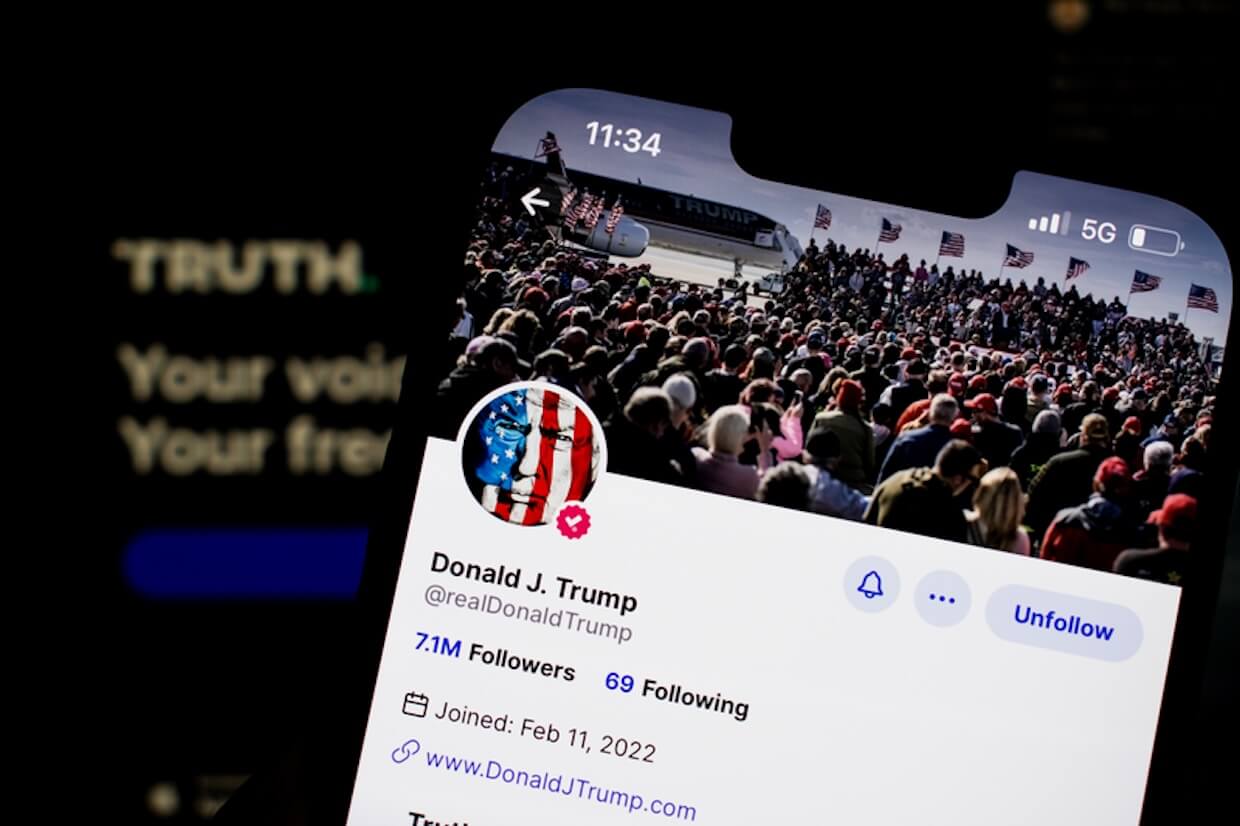
Do you view Trump’s digital communication strategies as a case of personalized populist leadership leveraging structural media affordances, or as indicative of broader transformations in US political communication?
Dr. Maria Papageorgiou: Trump’s style, we can say, completely changed communication in social media and digital diplomacy. We can see that he managed to bypass traditional media and speak directly to his supporters. He used a particular language and tone that conveyed an urgent sense of crisis or confrontation with his opponents. It became very distinctive. Even after becoming president, the way he addressed both his opponents and allies created an entirely new phenomenon. Other countries even tried to adopt similar forms of what we might call “Twitter diplomacy.”
He truly transformed the way diplomatic communication operated, replacing many previous norms. What he did was important because he bridged domestic issues with international signaling. His messages were performative and highly personalized, centered around himself and his actions.
He also had a particular digital posture toward his critics and opponents. There are, for example, many well-known tweets about the North Korean leader and other political figures whom he directly threatened or criticized. So, we can say that Trump’s presence fundamentally changed communication practices—it was a turning point.
I think this demonstrates how digital platforms enable a more populist style of performance, especially when one holds executive authority, and how they can reshape established norms of political and diplomatic interaction. We can now see that it is almost impossible to return to older forms of communication. The public is no longer receptive to them; they have become accustomed to these newer, more direct political practices.
I’m afraid this trend will continue in the future. Trump truly transformed communication. We cannot say he was merely a populist leader or actor; rather, his approach to social media had a significant impact, particularly in decreasing public trust in traditional media. His repeated criticism of mainstream outlets allowed people to feel they could access information directly—information they might previously have been denied or filtered through traditional media promoting a single narrative or party line.
Even diplomacy and the conduct of international relations and foreign policy have changed. Directly mentioning or addressing specific leaders, making public statements about policies, and using social media to communicate national positions—all of this has profoundly altered the norms of political and diplomatic interaction.
Social Media, Polarization, and Lost Consensus
How has the fragmentation of the US information ecosystem affected democratic resilience, especially when different partisan groups operate with divergent factual baselines?
Dr. Maria Papageorgiou: This is a very important issue, and I believe social media have not only exemplified but also created these highly polarized groups, where both sides operate with very divergent factual baselines. For example, we have long known that certain media—particularly in the US, but also in other countries—lean toward particular political parties and seek to reinforce specific policies. But now, with social media, we see extreme polarization when it comes to supporting one political party or leader over another.
This situation creates many difficulties when we try to have constructive democratic deliberation or solve collective problems. Social media have amplified these divisions by using emotionally charged content. We have seen many people posting videos to express strong views and emotions. This polarization now affects families and friendships; it has expanded far beyond political affiliation and become deeply partisan.
It has also enabled the rapid spread of misinformation because of this emotional tendency. People often do not verify the accuracy of information, even when they suspect something is incorrect. As a result, the repetition of misleading content has created echo chambers where narrow perspectives dominate, further fueling polarization.
It has also deepened distrust in traditional media because, for instance, on social media, people can present an actual event and then compare it with how a particular news channel reported it. At this point, traditional media can no longer bridge this gap.
To address this polarization—which sometimes tends toward extremes—there needs to be broader consensus among political parties and candidates about the appropriate limits of criticism and how opponents should be addressed, focusing, for example, on policy disagreements rather than personal attacks. Unfortunately, I don’t see this kind of consensus emerging. As parties become more ideologically divided, they tend to focus on energizing their bases and emphasizing their differences.
Sadly, the idea of common ground, critical thinking, and collective engagement seems increasingly distant—at least for now.
Sino–Russian Coordination in the Digital Information War
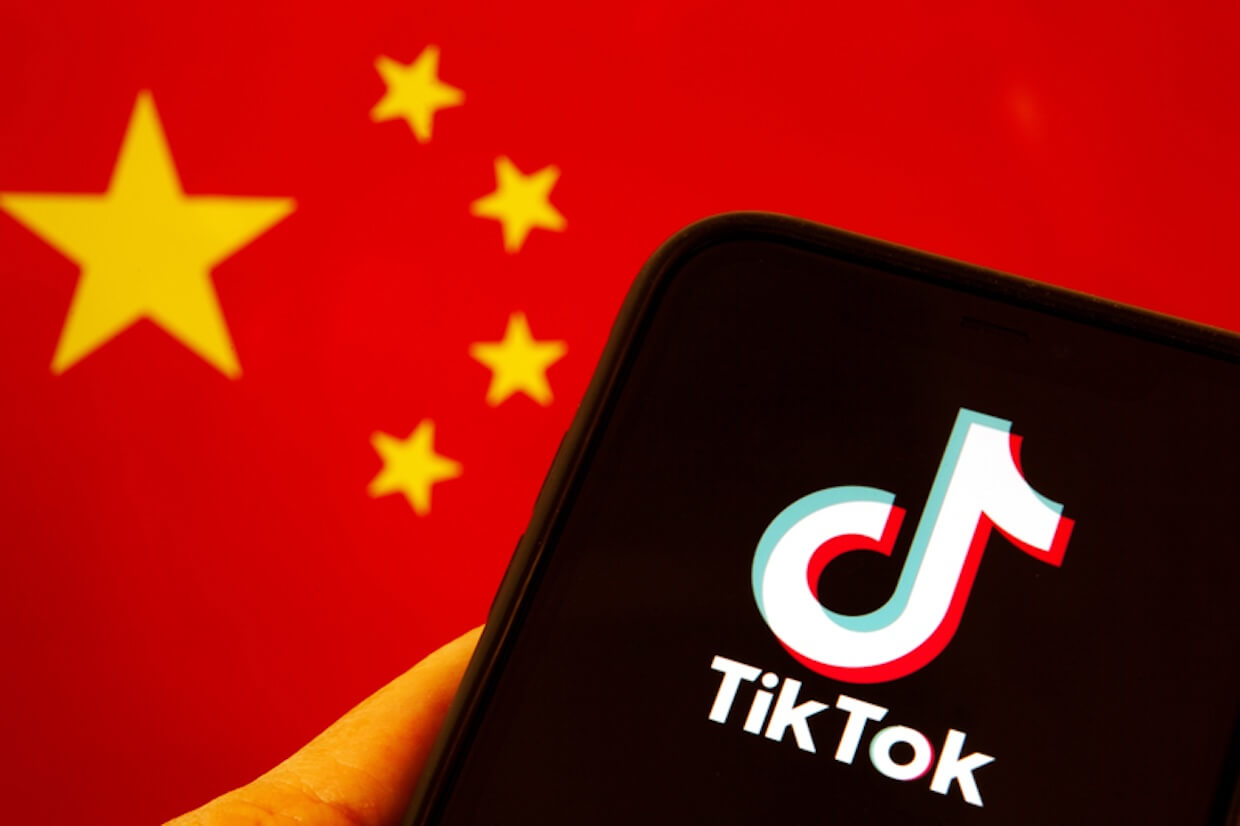
Your Leverhulme project examines Sino–Russian disinformation synergies during UK and US elections. How would you characterize the evolving strategic division of labor between Moscow and Beijing in influence operations? Do you see evidence of complementary tactics, coordinated narratives, or merely parallel but independent efforts—and how might this coordination shape democratic resilience in upcoming electoral cycles?
Dr. Maria Papageorgiou: Both states have heavily invested in information operations. They have even embedded this element in their national security strategy documents and established specific units dedicated to it. Russia, in particular, recognized very early—starting from 2009—the importance of social media and how it would transform political communication. When they began creating official Twitter accounts in 2011, they quickly saw the importance of directly targeting the population, providing them with specific information, and communicating Russian officials’ views without a third party—without, as they put it, allowing other countries to frame Russia’s policies or define what Russia represents.
They have invested extensively in their official presence on social media but also in creating troll farms, as we say. We know about the Russia Internet Research Agency, which controls thousands of social media accounts and creates bots used extensively to promote disinformation and conduct hacking or cyberattacks. So, they have invested significantly in both the technical and diplomatic components of these operations. Moreover, these practices—especially the technical aspects—have been shared with China.
China has also developed its own mechanisms. For example, the PLA Strategic Support Force was established in 2015, two or three years after Russia’s equivalent, showing that they exchanged knowledge and strategies. Later, in 2024, China created the Information Support Force, which places strong emphasis on information-related capabilities. We can see that both countries have committed significant resources to these types of operations.
They share common objectives in what they seek to achieve: creating disunity and social disruption in the West while presenting themselves in a more positive light. Russia wants to avoid appearing isolated, while China seeks to project itself as a great power—even a superpower.
As I mentioned, they have invested not only in technical aspects—how to use bots or conduct cyberattacks—but also in refining how they present and phrase information on social media. For instance, both often emphasize that they were not colonial or imperial powers and promote the idea of a multipolar world where many countries can have equal roles in the international system. They claim to support multilateral cooperation and criticize what they describe as exclusive Western groups such as the G7.
They have thus used converging and coordinated narratives to convey these messages. Regarding elections, they have attempted to amplify both sides of political debates through bots and anonymous accounts—using certain elements to appeal to the right wing and others to the left. They are particularly focused on exaggerating existing polarization, using these accounts to disseminate emotionally charged content designed to provoke reactions. In short, they play both sides.
When it comes to democratic resilience in upcoming electoral cycles, the key challenge lies in public education and better coordination among political campaigns—to help citizens identify official accounts, verify reliable information, and recognize manipulative content. However, it will be very difficult to monitor the influence of these operations because, even if they do not directly change votes or shift support from one candidate to another, they have succeeded—especially since 2020—in deepening polarization.
They tend to emphasize the extremes and keep feeding those divisions through provocative and polarizing operations. This creates disunity within Western societies, generating opposing camps that cannot find common ground. It also fosters doubt about national policies. Many people no longer agree with their country’s foreign or domestic policy and may start to question mainstream narratives—for instance, what China is doing in the South China Sea or whether Russia has valid reasons for the war in Ukraine. This, ultimately, is their goal.
How to Curb Disinformation Without Deepening Distrust
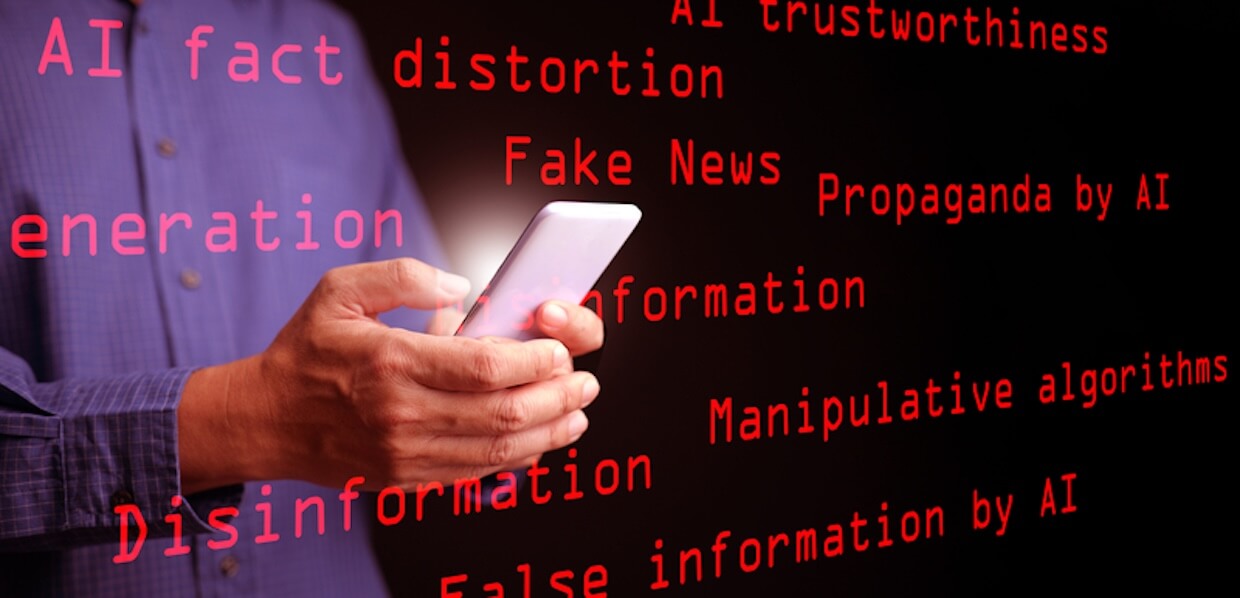
Scholars like Fukuyama and Pildes argue that new technologies have made governance harder by enabling constant mobilization and fragmentation. What regulatory or governance mechanisms do you see as viable for democracies to minimize harm without undermining free speech?
Dr. Maria Papageorgiou: This is a deeply double-edged issue because, on the one hand, we want to limit harmful content or, for example, disinformation and fake news. However, if governments adopt aggressive or poorly designed interventions, these can have the opposite effect. They tend to reinforce public distrust in democratic institutions and mainstream media, and people often claim that such measures are attempts to censor them. We can see examples of this in many countries. For instance, here in the UK, there is a very popular response on social media about the so-called “two-tier justice system,” which has gone viral and become deeply embedded in public discourse.
So, I think that to create viable governance mechanisms, we need to prioritize transparency and ensure accountability that follows from it. Importantly, the process must be bottom-up rather than top-down, involving different levels of governance and public input. When governments impose measures without listening to alternative perspectives or the views of citizens, these actions are perceived very negatively.
The idea of community notes introduced by social media platforms has been quite positive in this regard. Even though they are sometimes added too late—after misinformation has already spread—they still help provide correct information, relevant links, or clarification on how certain content has been distorted. This has been received more positively because it came from public engagement and the platforms themselves, rather than as a direct ban imposed by government authorities.
Another very important element is media literacy and public education. Instead of resorting to censorship, we should emphasize teaching people—whether in schools or universities—how to understand and critically assess information. This kind of literacy helps build societal resilience and critical awareness.
In addition, there should be more direct, coordinated networks that can identify bots and other malicious actors. Governments and social media companies need to collaborate openly and transparently to detect and minimize such activities—but not in a way that silences political opponents.
That is why regulations should avoid appearing partisan or overreaching, especially when they come from the ruling party or government. Often, when governments are struggling in the polls and dislike certain narratives, their interventions risk being perceived as politically motivated. Any regulation must therefore be deliberated collectively—by multiple political parties, organizations, and the social media companies themselves—to create frameworks that do not backfire or further erode public trust in democratic institutions.
How AI Is Rewriting the Playbook of Disinformation
Looking ahead, how do you anticipate AI-generated disinformation—particularly deepfakes and synthetic text—will transform foreign influence operations by Russia, China, and other major or mid-sized actors such as Iran, Turkey, and Israel in upcoming electoral cycles?
Dr. Maria Papageorgiou: I think it will have a significant impact, and we will start seeing this from now on. As I’ve mentioned, in 2024 we already saw AI being used in particular ways by political campaigns—whether to mock opponents or to present one political candidate in a specific light. But as AI technology continues to advance, the implications will become much greater. Until now, many of the images used were clearly identifiable as AI-generated, but as the technology produces increasingly realistic images, videos, and even voices that can mimic public figures or fabricate entire events, new challenges will emerge. It will become much harder to verify authenticity, and this could easily lead to unrest.
For example, people could be drawn into a protest based on fabricated content, only to be confronted by another group—without anyone being able to quickly verify the information. Such content can spread rapidly, while verification often comes later, which can create serious problems.
Other countries—particularly Iran, Turkey, North Korea, and Israel—have also used AI tools to run operations targeting both domestic and international audiences. They have sought to generate more sympathetic views of their governments or movements, presenting themselves in a particular way. They have also tried to discredit opponents or to take tragic events and spin them into specific narratives.
AI allows for highly personalized messaging, tailored to specific demographic audiences, whether one group or another. Fact-checking, however, will become increasingly costly and challenging for social media platforms, as AI-generated content spreads faster and becomes more sophisticated. This raises questions about the willingness of these companies to invest the necessary resources and to engage in responsible practices.
Beyond social media, the more important impact will be on traditional communication channels. For example, during the 2024 campaigns, AI was used in telephone calls to voters to promote certain content or to discredit candidates for the Senate or Congress. Deepfake images and videos of particular leaders addressing the public were also circulated. This shows how widespread and multifaceted the use of AI-generated disinformation can become.
We really need to start thinking proactively about this, because governments, unfortunately, tend to react too late to technological developments. It is crucial that they begin engaging more closely with social media companies to identify the emerging challenges and find the best ways to address these issues.


